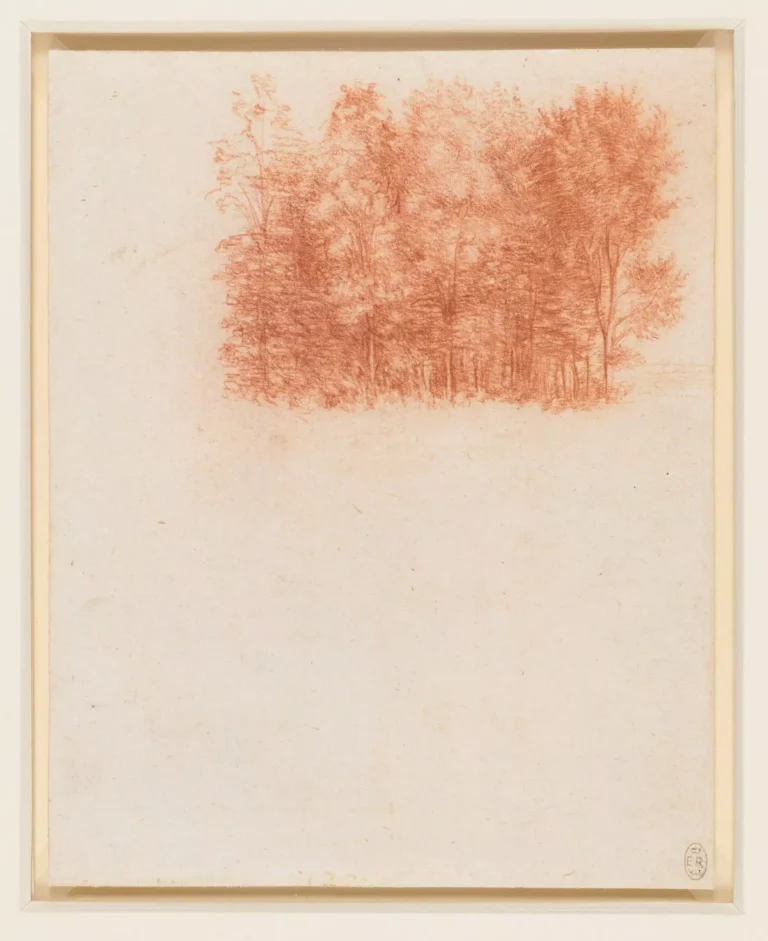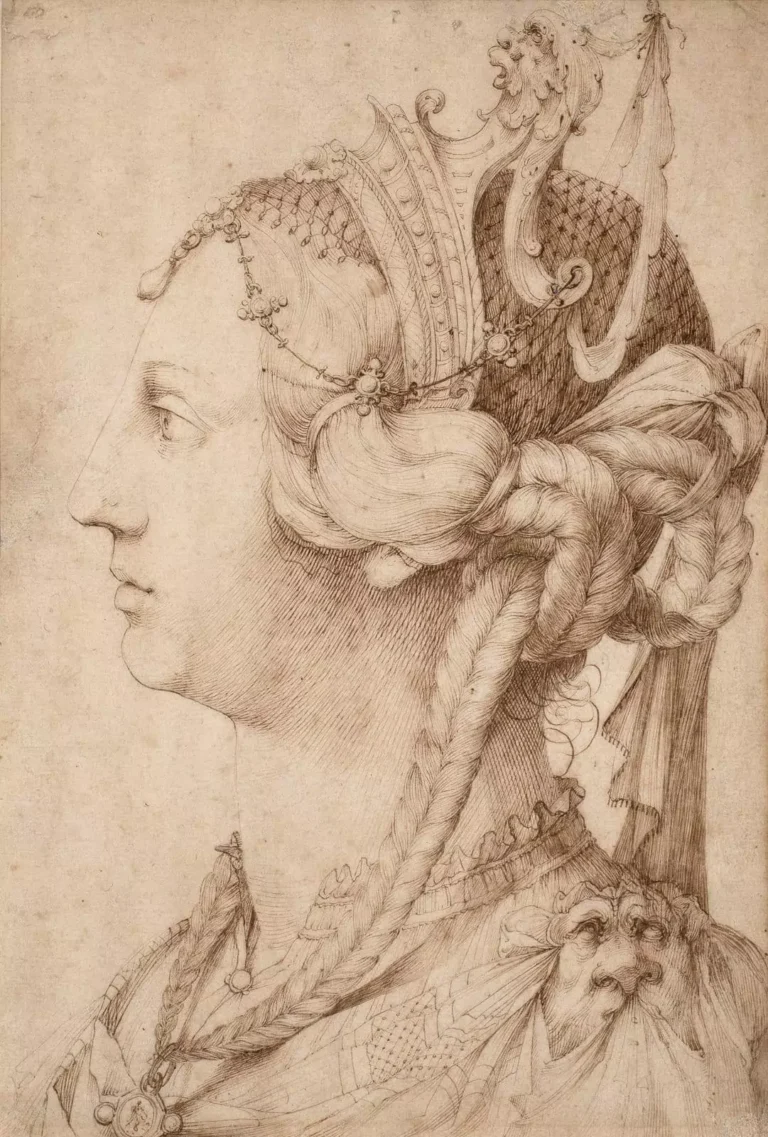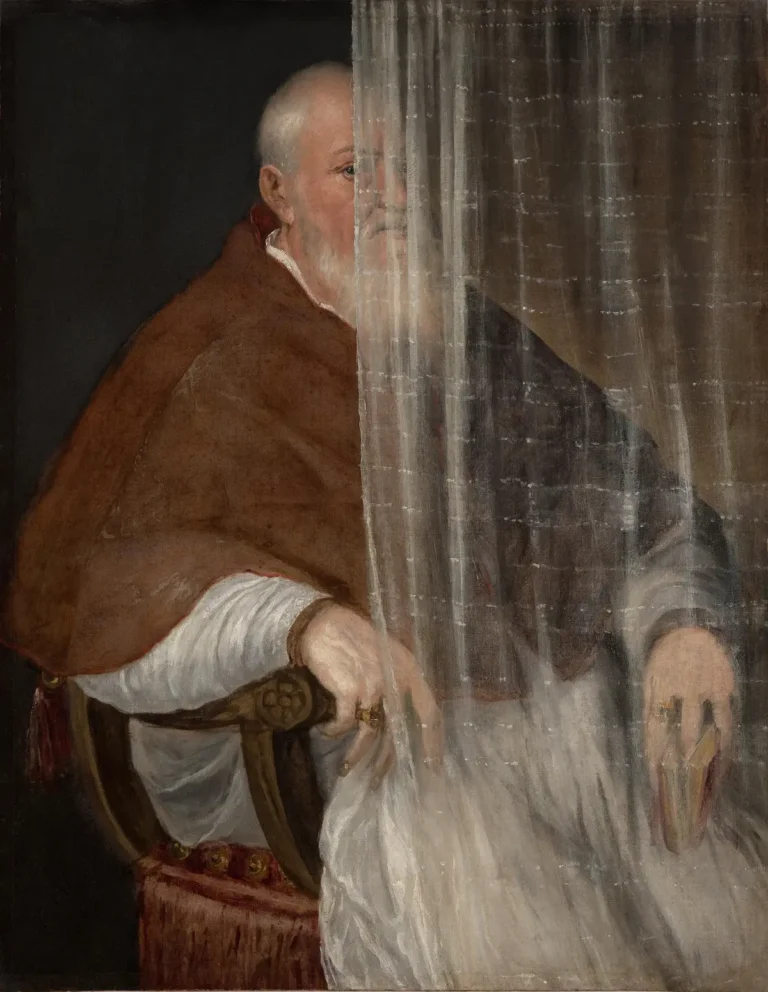Looking for a muse? Check no further. Discover the Best of Art, Culture, History & Beyond!
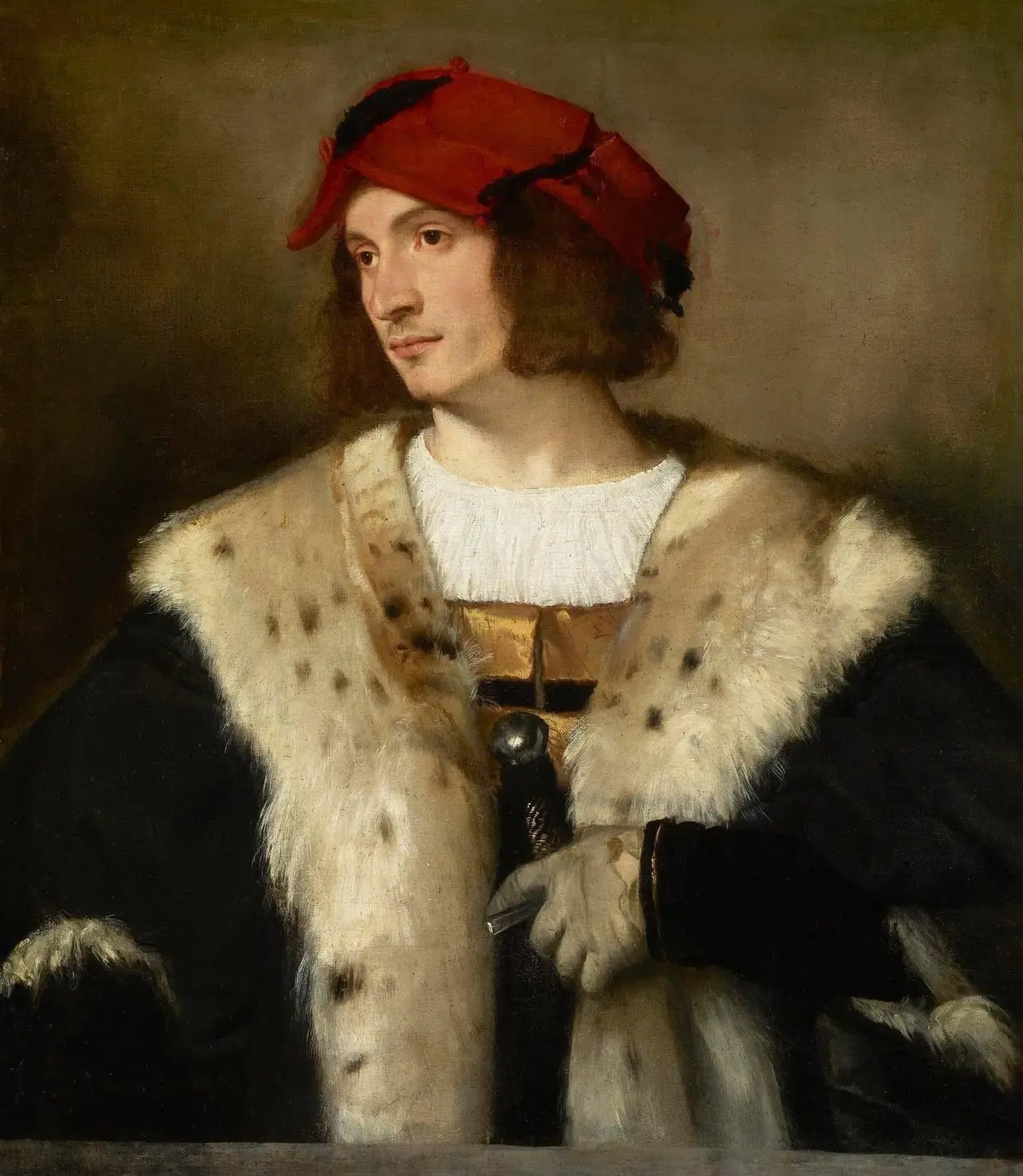
Text by Vincent DeLuise Author, Educator, Musician at amusicalvision.blogspot.com, Cultural Ambassador, Waterbury Symphony Orchestra
Artist: Titian (Tiziano Vecellio) (c. 1488/90 Pieve di Cadore, Republic of Venice – Died 27 August 1576 (aged 87–88) Venice, Republic of Venice)
Title: Portrait of a Man in a Red Cap
Medium/Technique: oil on canvas
Dimensions: 82 cm x 71 cm
Location: Frick Collection, NYC
I effuse often about my admiration for the architectural splendor and the wondrous beauty of the artistic masterworks held by the Frick Collection in New York City.
It will reopen, after a four year hiatus for renovations, in a week.
Henry Clay Frick had a good eye for quality and was advised on his many purchases by several of the best art dealers and historians of his time.
One of my favorite Renaissance portraits is in the Frick Collection.
It is an early and luminous work by Titian, the refined portrait known as the Man in a Red Cap.
This masterpiece was for decades in the last century assigned to Giorgione.
Whenever we discuss early Titian paintings, we also must discuss those of Giorgione (Giorgio Barbarelli da Castelfranco; c.1477 – 1510).
The two artists worked closely, almost as a team, in their years of apprenticeship in Venezia in the atelier and workshop of Giovanni Bellini.
Much is still not known about Giogione and his works. We have a sense of his style, or what we generally consider to very his style – the sfumatura, the recession of the faces of his portraits into the pictorial space, the intriguing ambiguity of the narrative of his paintings.
This Frick masterpiece is now universally agreed to have been crafted not by Giorgione, but by the young Titian (Tiziano Vecellio c.1488 – 1576) who was in his early to mid-twenties at this point in his long and illustrious artistic career.
In pondering the Titian Giorgione debate on authorship and the conflation of styles (as mentioned, the style we think is that of Giorgione), in this case I see more the work of Titian
I am struck by the handsome, almost chiseled, profile of the young man, the luxuriant red of his vermilion cap, the glint off the handle of his sword, and the spectacular way Tiziano elegantly rendered the young man’s cape fur (whether lince (lynx) or ermellino (ermine)).
The Frick Collection curatorial comments provide us more context and detail;
“Titian’s masterful handling of paint creates the illusion of soft fur, gold satin, and the red fabric (perhaps felt) of the sitter’s fashionable cap.
“With dark eyes that seem to look into the distance, the young man wears an expression that signals a deep, reflective interiority. One gloved hand lingers on the hilt of his sword. His features are particular but also idealized, and with his pensive countenance, he epitomizes Renaissance ideals of poetic male beauty.
“Various identities for the richly dressed young man in this portrait have been proposed, but none with any certainty. Nevertheless, the portrait seems to have been well known, at least in the seventeenth century; Carlo Dolci included a copy of the figure in the background of his Martyrdom of St. Andrew in the Palazzo Pitti.
“The contemplative mood of the subject and the diffused, gentle play of light over the broadly painted surfaces are strongly reminiscent of Titian’s Venetian contemporary Giorgione.
“ In mood, pose, and technique, the Frick portrait closely resembles the central figure of The Concert (Palazzo Pitti), a painting that also has been ascribed both to Titian and to Giorgione.”
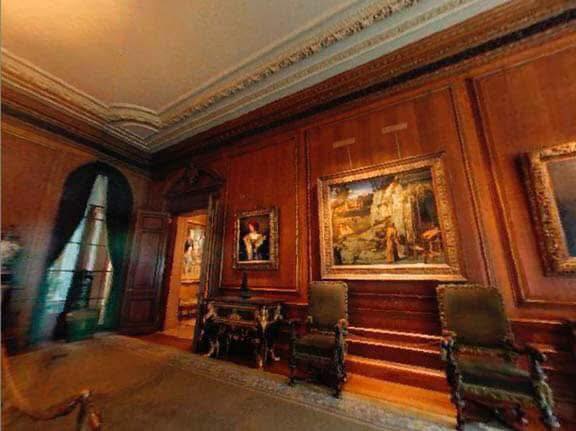
References:
1) Art in The Frick Collection: Paintings, Sculpture, Decorative Arts, New York, Harry N. Abrams, 1996
2) Paintings in The Frick Collection: French, Italian and Spanish. Volume II. New York: The Frick Collection, 1968.

This article is published on ArtAddict Galleria, where we explore the intersections of art, history, and culture. Stay tuned for more insights and discoveries!

